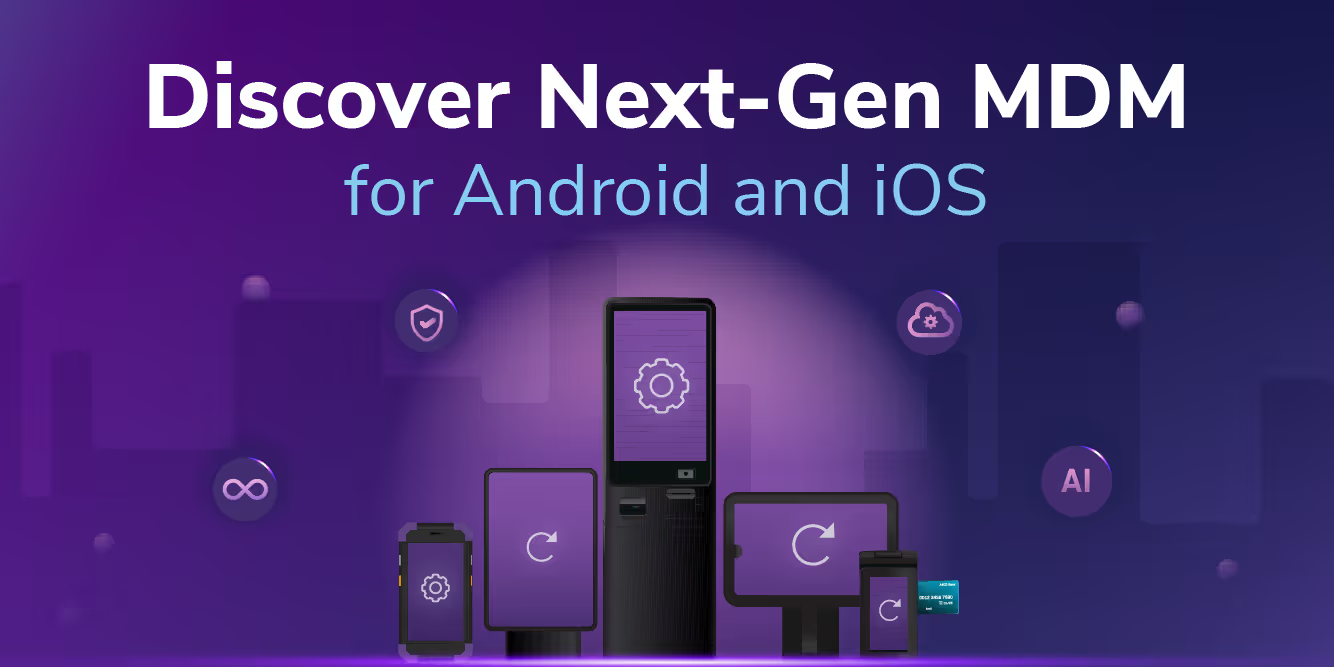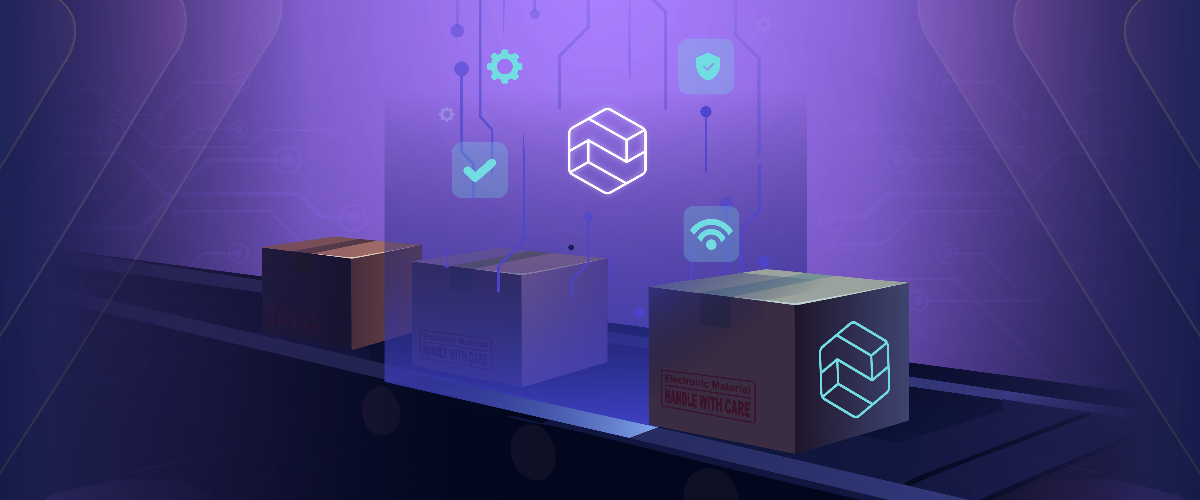When it comes to managing Linux devices, the dogma around MDM in the enterprise has long been “it’s too complicated.” This can lead many organizations into the (false!) belief that choosing Linux as a platform for corporate-owned devices means you’ll be without a device management layer. After all, any device on your corporate infrastructure has to be centrally managed and monitored — and Linux is anything but plug-and-play with traditional MDM. A simple search for “Linux MDM” will even lead you to an article claiming that MDM for Linux doesn’t exist!
While there is some truth there, Linux MDM in the traditional sense doesn’t exist because Linux is simply not a BYOD/COPE platform. It’s a highly specialized operating system that does its best work in the dedicated, always-on enterprise devices that power businesses of all sizes. We’re talking about the mission-critical kiosks, IoT devices, and point-of-sale systems of the world.
Because of these systems, Linux MDM has to exist. Full stop.
Fortunately, there is no reason to fear Linux device management when dealing with a highly homogeneous dedicated device fleet. These are the sort of device ecosystems that are becoming far more numerous and business-critical for enterprises in the modern era, and Linux MDM is both desirable and achievable for managing those ecosystems.
Lost in Distro-Land: Why Linux MDM for Employee Devices Is a Distraction
Linux has never needed MDM in the traditional sense because it was never part of the BYOD problem. MDM was born to control personal devices that walk out the door: phones, laptops, tablets. Linux doesn’t live there.
And even when it does (think: engineer laptops), traditional MDM thinking misses the point of Linux: customization, flexibility, and automation. Trying to force-fit the control traditional MDM — declarative configurations and all — onto customizable, automated Linux workstations misses the point.
But at enterprise scales, we’re not talking about managing developer laptops; we’re talking about dedicated Linux devices in the field. Kiosks, POS terminals, robots, digital signage. Devices that can’t afford drift, downtime, or “we’ll just SSH in later.”
The real Linux management challenge isn’t compliance for engineers, but consistency for fleets. When your business depends on thousands of identical Linux devices running in the wild, “just script it” breaks down fast.
So no, Linux MDM isn’t about controlling end users. It’s about orchestrating mission-critical systems.
Without breaking what makes Linux, Linux.
What Is Linux MDM? It’s Device-Centric, Not Distro-Centric
Once you stop thinking about managing Linux users and start thinking about orchestrating Linux devices, everything changes. Linux MDM isn’t about distros. It’s about purpose.
Dedicated-use devices are exploding across industries: POS systems, gaming terminals, industrial controllers, medical equipment, retail automation, and edge IoT. These systems run customized, locked-down versions of Linux as a stable base for innovation. For them, management isn’t optional. It’s mission-critical.
Linux MDM should automate fleets from provisioning to updates, monitoring, and drift control. It should treat devices like programmable infrastructure — consistent, reliable, and transparent. It’s not about locking down endpoints; it’s about keeping fleets operational, visible, and secure at scale.
Whether it’s kitchen displays at a QSR, in-vehicle monitoring, or edge robotics, Linux is quietly running the physical world. And at that scale, MDM isn’t about control — it’s about confidence.
Linux MDM for Employee Devices vs. Linux MDM or Dedicated Devices
When Linux runs in the wild — in kiosks, POS systems, industrial controllers, digital signage, or edge IoT — the equation changes. The scale changes. The expectations change. The definition of “management” itself changes.
Here’s what that shift actually looks like.
Linux on the desktop is about freedom. Linux in the field is about stability. Dedicated Linux devices don’t just benefit from orchestration — they depend on it.
The Linux MDM Challenge for Dedicated Device Fleets
The hardest part of managing dedicated Linux fleets isn’t the tech. It’s the partnership gap.
Enterprises pour millions into building or buying the hardware these custom Linux images run on, but when it comes to managing them, no one meets in the middle. Most vendors chase mobile-style MDM, while edge solutions stop short of true orchestration. That gap is why Linux MDM still feels out of reach.
So companies take one of two paths.
The first is outsourcing. They buy third-party hardware with a baked-in management layer from the vendor. It looks convenient early on — until it’s time to integrate with the rest of your infrastructure. Then you’re stuck with another closed system built around the vendor’s roadmap, not your own.
The second is building it yourself. In-house management tools give you flexibility but often stop at “good enough to launch.” They work until they don’t, and by then, your fleet’s too large to pivot easily.
There’s a better way. Something purpose-built for fleets, not phones.
Why Linux MDM Is Necessary for Dedicated Device Fleets
Linux has always been about control. Not control of people, but control of systems with the freedom to shape, automate, and scale however you need. That same principle is what modern dedicated device management is built on.
When you move from tinkering to production, control alone isn’t enough. You need predictability. You need visibility. You need every device in the fleet to behave the same way, every time. That’s what Linux MDM makes possible.
This version of MDM doesn’t limit Linux. It amplifies it. It gives you orchestration, consistency, and confidence without stripping away the openness that makes Linux so powerful in the first place.
Linux doesn’t need MDM for the desktop. But at the edge — in kiosks, robots, POS systems, and everything in between — it’s what keeps the system alive.
FAQ
Keep Exploring

















